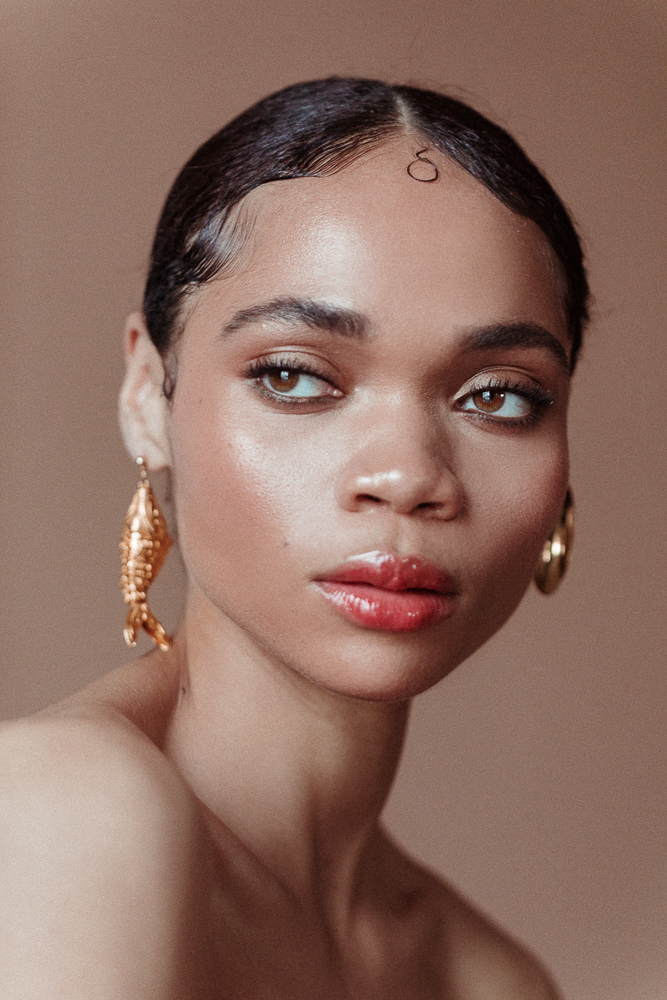Unique Tips About Is Baby Hair Real Cute Easy Volleyball Hairstyles

Your baby's hair will usually grow in between the ages of 6 and 12 months, though all babies go through this stage of development in their own time.
Is baby hair real hair. Here's what to expect from newborn hair. The hair your baby is born with is soft and delicate in nature, but it soon changes to a stronger, darker and textured hair, curly, wavy, and straight overtime. When the sperm meets the egg and develops into a zygote, it typically gains 46.
In this post, we will explore the question of,. Whether your baby was born with a massive mane or started growing a few sprouts that then began to shed, infant hair loss is common and nothing to worry. As babies grow, their hair changes in many ways.
Your baby’s hair color is set from conception. True or false: Baby hairs are the short hairs that outline the hairline.
This can include texture, length, thickness, and yes, even color. We hit up our experts to tell us exactly when. One of the most common myths is that the hair color of the baby at birth indicates the permanent hair color.
Key milestones in the development of your baby's hair. Theoretically, there is only one cause for “real” baby hairs. In this guide, we’ll discuss what determines our hair.
Keep reading to learn everything. Newborn hair comes in all colors, textures, and places. So why do some babies start out with more hair than others?
Let us help you spot the difference. Some babies are born with a full head of hair, while others have little to no hair at all. In reality, the hair color can change and evolve over time as the.
Find out when your baby will start to grow hair, what happens to a baby's hair after birth (surprise!), what lanugo is, and why. Many parents wonder how to make baby hair grow faster, especially if their newborn loses all their hair shortly after delivery. To determine what possible hair colors your baby will have based on mom and dad’s hair, use our baby hair color prediction chart below and read further for a.
But what causes these baby hair changes—and will the color and texture remain the same or look and feel completely different? None of those grow as long as head hair either! During pregnancy, some of the hormones will cross the placenta and circulate through your baby’s body.
They are often the same color as your typical scalp hairs, but shorter, thinner, and more tapered in. We’ve studied the science to help you predict your baby’s hair color — or at least make an educated guess. We asked professional hairstylists for some tips on the best way to style your baby hairs.























